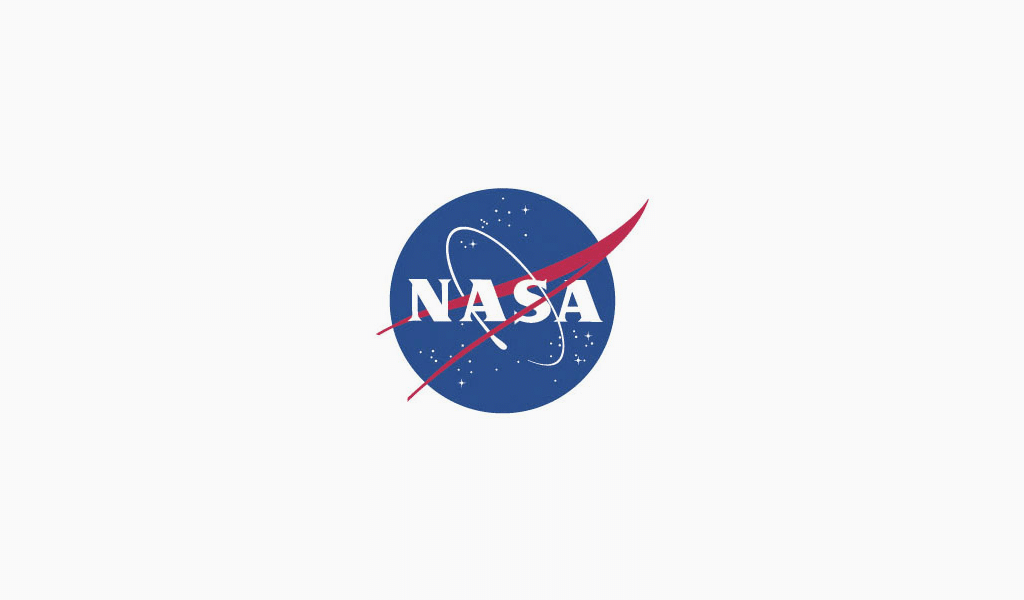
**Program requirements (including performance, health and medical, safety, and defined external system interfaces to other programs) are ready to be baselined after review comments are incorporated.The following primary products are ready for review:.Procedures for controlling changes to program requirements have been defined and approved.An approach for verifying compliance with program requirements has been defined.Top program risks with significant technical, health and medical, safety, cost, and schedule impacts have been identified along with corresponding mitigation strategies.Programmatic products are ready for review at the maturity levels stated in the governing program/project management NPR.All planned higher level SRRs and peer reviews have been successfully conducted and RID/RFA/Action Items have been addressed with the originator or designated TA.A preliminary Program SRR agenda, success criteria, and instructions to the review board have been agreed to by the technical team, the program manager, and the review chair prior to the Program SRR.The Program has successfully completed the MCR life-cycle review (if applicable) and all RFAs and RIDs have been addressed and resolved, or a timely closure plan exists for those remaining open.Table G-1 – SRR Entrance and Success Criteria for Programs System Requirements Review for Programs The SRR for a program is used to ensure that the program’s functional and performance requirements are properly formulated and correlated with the Agency and Mission Directorate strategic objectives. G.1 System Requirements Review (SRR) for Programs Projects and single-project programs use the tables starting with G-3. Programs (except single-project programs) use tables G-1 and G-2 for program-level SRR and SDRs. Programs and projects use different Appendix G tables for some life-cycle reviews. Customized or tailored criteria developed by programs or projects for life-cycle reviews should also be focused on assessing these factors. The recommended criteria in the following tables are focused on demonstrating acceptable program/project technical maturity, adequacy of technical planning and credibility of budget, schedule and risks (as applicable), and readiness to proceed to the next phase. The decision not to tailor and customize life-cycle review criteria should be justified to the ETA. The entrance and success criteria and products required for each review will be tailored and customized appropriately for the particular program or project being reviewed. Tailoring and customizing are expected for projects and programs.
NASA MEANING SOFTWARE
Refer to NASA-HDBK-2203 section 7.8, if applicable, for guidance on software products.

Additional programmatic products may also be required by the appropriate governing NPRs for the project/program.ġ Refer to any applicable NPRs, (e.g., NPR 7120.5, 7150.2, 8705.2) and table 5-1 in this document for required products.

1 Terms for maturity levels of technical products defined in the tables of this appendix are addressed in detail in Appendix F. The entrance criteria do not provide a complete list of all products and their required maturity levels. This appendix describes the recommended best practices for entrance and success criteria for the life-cycle and technical reviews required in Chapter 5 regardless of whether the review is accomplished in a one-step or two-step process. Life-Cycle and Technical Review Entrance and Success Criteria | TOC | ChangeHistory | Preface | Chapter1 | Chapter2 | Chapter3 | Chapter4 | Chapter5 | Chapter6 | AppendixA | AppendixB | AppendixC | AppendixD | Appendi圎 | AppendixF | AppendixG | AppendixH | AppendixI | AppendixJ | AppendixK | ALL |Īppendix G. Subject: NASA Systems Engineering Processes and Requirements (w/Change 2) Responsible Office: Office of the Chief Engineer


 0 kommentar(er)
0 kommentar(er)
